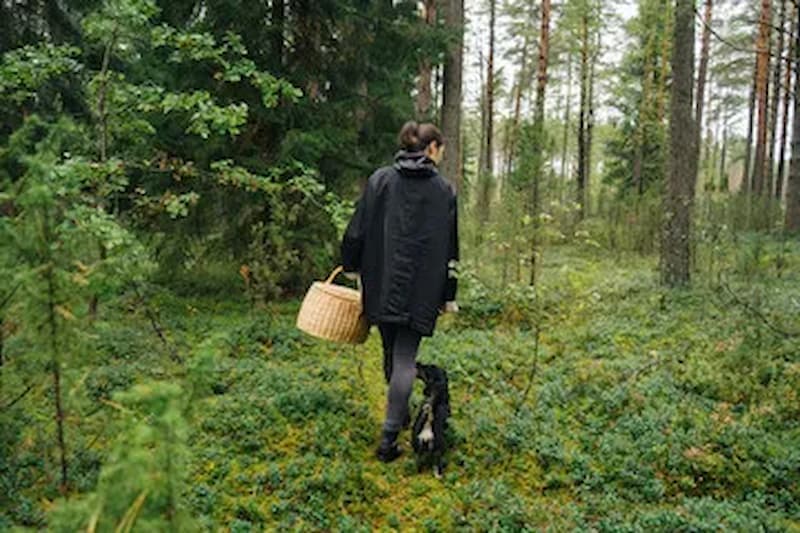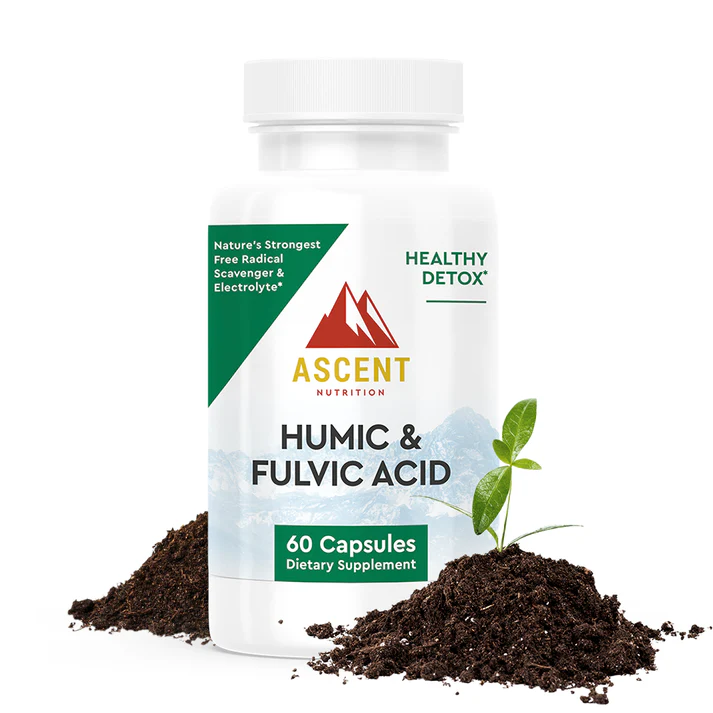(Sara Tipton) Foraging for your own food or medicine may become a necessity in the coming months unless you want to fork over massive amounts of money for a limited amount of food. With soaring inflation and grocery store shelves emptying, it is important to correctly identify medicinal or edible plants that grow naturally and abundantly all around you.
Related Edible Flowers: How to Find & Use Them in Recipes
by Sara Tipton, May 4th, 2022
Foraging for your own food or medicine may become a necessity in the coming months unless you want to fork over massive amounts of money for a limited amount of food. With soaring inflation and grocery store shelves emptying, it is important to correctly identify medicinal or edible plants that grow naturally and abundantly all around you.
In an article that we previously published at Ready Nutrition on the importance of botany, the writer wrote, “One of the most neglected things regarding survival in the wilderness are resources to properly identify different plants, animals, and other natural resources that might aid you. Regarding the plant kingdom, there’s a fine line between foraging for food and unknowingly causing your own demise. This is because there are many plant species out in the wild that are downright poisonous. You need an edge and need to know what you’re looking for.”
In order to begin foraging, have a few references. These are some of my favorite foraging books:
-
- The Forager’s Harvest – A guide to 32 of the best and most common edible wild plants in North America, with detailed information on how to identify them, where they are found, how and when they are harvested, which parts are used, how they are prepared, as well as their culinary use, ecology, conservation, and cultural history.
- Nature’s Garden – A detailed guide to 41 of the most widespread wild foods in North America, covering how to find and identify them, which parts are used, when and how to harvest them, and how to prepare them for the table. The cultural and natural history of the plants are also discussed. There is no overlap between the plants covered in this book and The Forager’s Harvest.
- Incredible Wild Edibles – Incredible Wild Edibles covers 36 of the best edible wild plants in North America: fruits, berries, nuts, shoots, leafy greens, root vegetables, culinary herbs, teas, and syrups that boast exceptional flavor and nutrition. The plants chosen represent every habitat and every region in North America, from the northern forests to the southwest deserts, from the largest cities to the wildest mountains. Rather than cover hundreds of species in brief accounts that leave the reader unsure of how to proceed, Samuel Thayer encourages readers to thoroughly learn one plant at a time. Each of these traditional foods has a rich culinary and cultural history—a wholesome past that is still relevant for our health and happiness today. The text is fully accessible to the novice, but remains botanically accurate and has the in-depth information that seasoned foragers crave.
- Free Food and Medicine Worldwide Edible Plant Guide – The most powerful food and medicine on the planet is free and it’s growing wild right outside your door and around your neighborhood. Markus Rothkranz explains why wild local foods are a thousand times better than organic produce from a supermarket. These plants are so full of nutrition and healing power, it will blow your mind. People are slowly realizing that there are no such things as weeds. All plants serve a purpose. “Weeds” have amazing healing qualities we have just begun to understand. They are our saviors. Wild food is FREE. The more you pick it, the more it grows. It wants to feed and heal us.
As great of a reference as these books can be, consider getting a foraging book specific to your area and get out and explore with your book in hand. I have gone out using “Google lens” to take photos of plants if I do not recognize them, so I can find them in the book and determine if that plant can be useful as food or medicine. This may not be an option if there’s no power and you cannot charge your phone, however, take the time to use the tools you have available to you now. If you cannot even begin to guess what the plant is, a book won’t do you much good. Spend an hour or so every few days taking a walk, and if you find something edible or medicinal, give it a try! I have found we have an abundance of “wild lettuce” or “nature’s opium” on our property!
Foraging Benefits
Some believe that foraging is better than growing your own food. Some research even shows that the hunters and gatherers had a better diet and healthier bodies than the farmers as they had more food intake and more nutrients in their diets. Foraging also forces the body to move some in order to find the plants and berries you can eat. This is how humans were meant to consume food, and those things native to your area are often best suited to the climate, and therefore, best suited for you as well!
Foraging will also allow you to try new flavors! The foods packaged at the store are hardly natural and becoming scarce anyway. Now could be the optimum time to give foraging a try. Not to mention, it’s free to eat “weeds”! You can take this as an opportunity to learn with your kids and let them try all-natural foods. We like to take our books and walk around while collecting wildflowers. The kids try to find the plant in their book, then cross-reference and read about how that plant can be beneficial to the body. The practice of foraging will also help you be more sustainable and self-sufficient. You will be connecting with nature and honing the skills that kept our ancestors alive and well.
Here a couple of edible plants you can start looking for today:
- Beech leaves
- Borage
- Broom
- Chickweed
- Cleavers
- Common poppy
- Dandelion leaves and roots
- Dog rose flowers
- Elderflower
- Garlic mustard
- Ground elder
- Hawthorn blossom
- Hops
- Nettles
- Pignuts
- Sheeps sorrel
- Spearmint
- Sweet cicely
- Watercress
- Wild garlic
- Wild thyme
- Wood sorrel
- Yarrow
Give foraging a try! It’s fun, good for you, and you cannot beat the learning experience. Make sure you take caution when trying a new plant that you are unsure of. All of the books above can help you determine poisonous or toxic plants to avoid and will detail ways to test the plant before you consume it. Knowing what plants to eat is just as important as knowing which ones you shouldn’t eat too!
Save 10% and get free shipping with a subscription!Fight viruses, remove heavy metals and microplastics, and restore your gut all at once with
Humic and Fulvic Acid from Ascent Nutrition.
MUST HAVE DETOX POWERHOUSE!
Stillness in the Storm Editor: Why did we post this?
The news is important to all people because it is where we come to know new things about the world, which leads to the development of more life goals that lead to life wisdom. The news also serves as a social connection tool, as we tend to relate to those who know about and believe the things we do. With the power of an open truth-seeking mind in hand, the individual can grow wise and the collective can prosper.
– Justin
Not sure how to make sense of this? Want to learn how to discern like a pro? Read this essential guide to discernment, analysis of claims, and understanding the truth in a world of deception: 4 Key Steps of Discernment – Advanced Truth-Seeking Tools.
Stillness in the Storm Editor’s note: Did you find a spelling error or grammatical mistake? Send an email to [email protected], with the error and suggested correction, along with the headline and url. Do you think this article needs an update? Or do you just have some feedback? Send us an email at [email protected]. Thank you for reading.
Source:
https://readynutrition.com/resources/23-things-you-can-forage-for-from-april-to-june_06052022/
Support our work! (Avoid Big Tech PayPal and Patreon)DIRECT DONATION


Leave a Reply